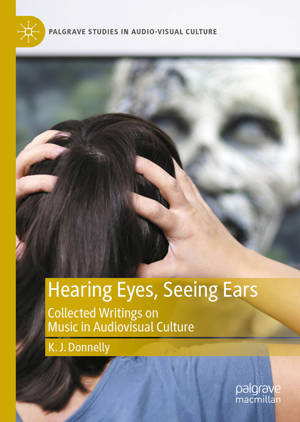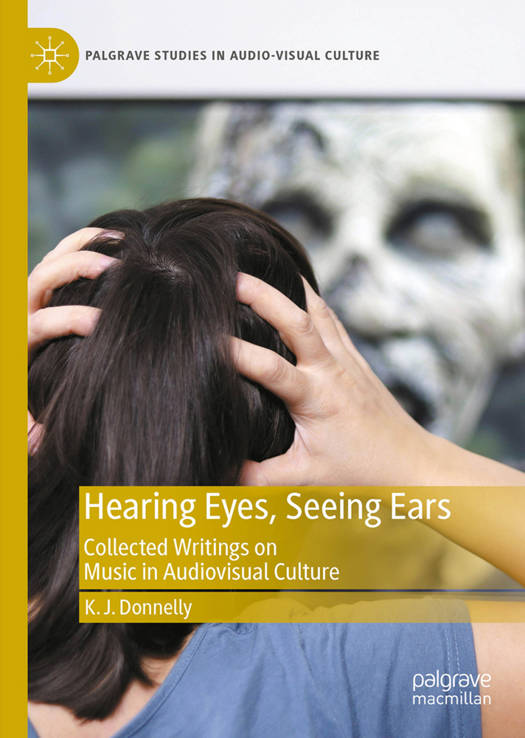
- Retrait gratuit dans votre magasin Club
- 7.000.000 titres dans notre catalogue
- Payer en toute sécurité
- Toujours un magasin près de chez vous
- Retrait gratuit dans votre magasin Club
- 7.000.0000 titres dans notre catalogue
- Payer en toute sécurité
- Toujours un magasin près de chez vous
Description
This book approaches music in audiovisual culture as a complex merged signal rather than as a simple 'addition' to the images of film. The audiovisual is central to modern culture, with screens and speakers (including headphones) dominating communication, leisure and drama. While this book mostly addresses film, it also deals with sister media such as television and video games, registering that there is a 'common core' of synchronized image and sound at the heart of these different but related media. The traditions of sound and what Michel Chion calls 'audiovision' (1994), including principles of accompaniment and industrial processes from film, have been retained and developed in other media. This book engages with the rich history, and varied genres, different traditions and variant strategies of audiovisual culture. However, it also points to and emphasizes the 'common core' of flat moving images and synchronized sound and music which marks a dominant in electronic media culture (what might be called 'screen and speaker/diaphragm culture').
Addressing music as both diegetic and non-diegetic, as both songs and score, the analyses presented in this book aim to attend the precise interaction between music and other elements of audiovisual culture as defining overall configurations. While many writings about music in audiovisual culture focus on 'what it communicates', its processes are more complicated and can form a crucial semi-conscious (or perhaps unconscious) background. While music's effect might be far from simple and unified, part of screen music's startling effect comes from its unity with the image. Cross-modal 'crosstalk' between sound and image forms a whole new signal of its own. Each chapter marks a case study making for a varied collection that embraces rich history and different traditions, as well as the distinct aesthetic boldness of different genres and formats.
Spécifications
Parties prenantes
- Auteur(s) :
- Editeur:
Contenu
- Nombre de pages :
- 236
- Langue:
- Anglais
- Collection :
Caractéristiques
- EAN:
- 9783031739125
- Date de parution :
- 23-01-25
- Format:
- Livre relié
- Format numérique:
- Genaaid
- Dimensions :
- 157 mm x 210 mm
- Poids :
- 430 g

Les avis
Nous publions uniquement les avis qui respectent les conditions requises. Consultez nos conditions pour les avis.






